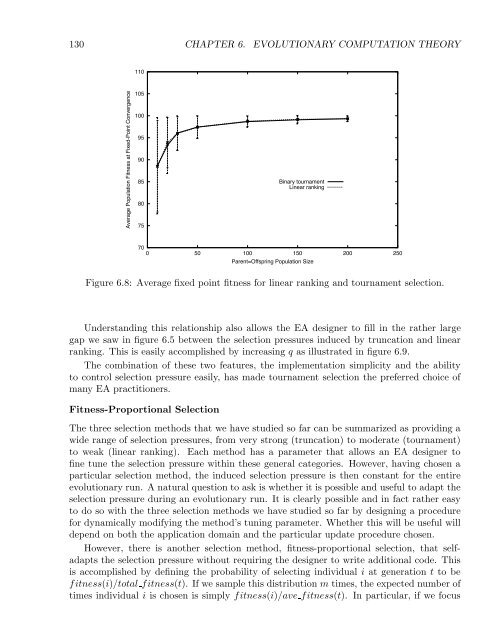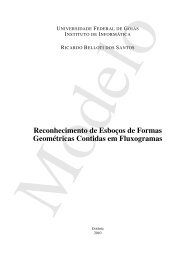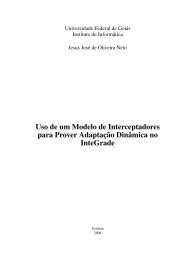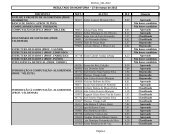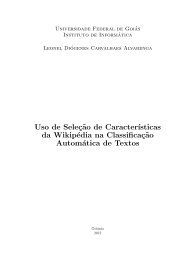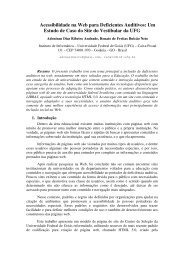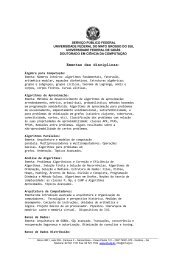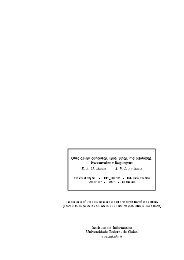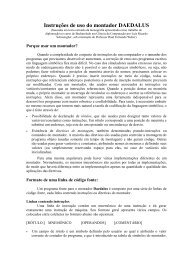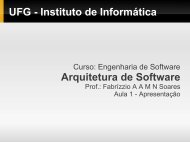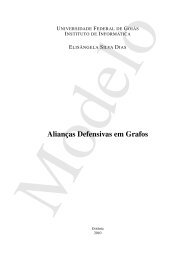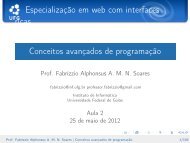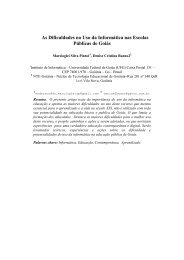Evolutionary Computation : A Unified Approach
Evolutionary Computation : A Unified Approach
Evolutionary Computation : A Unified Approach
Create successful ePaper yourself
Turn your PDF publications into a flip-book with our unique Google optimized e-Paper software.
130 CHAPTER 6. EVOLUTIONARY COMPUTATION THEORY<br />
110<br />
Average Population Fitness at Fixed-Point Convergence<br />
105<br />
100<br />
95<br />
90<br />
85<br />
80<br />
75<br />
Binary tournament<br />
Linear ranking<br />
70<br />
0 50 100 150 200 250<br />
Parent=Offspring Population Size<br />
Figure 6.8: Average fixed point fitness for linear ranking and tournament selection.<br />
Understanding this relationship also allows the EA designer to fill in the rather large<br />
gap we saw in figure 6.5 between the selection pressures induced by truncation and linear<br />
ranking. This is easily accomplished by increasing q as illustrated in figure 6.9.<br />
The combination of these two features, the implementation simplicity and the ability<br />
to control selection pressure easily, has made tournament selection the preferred choice of<br />
many EA practitioners.<br />
Fitness-Proportional Selection<br />
The three selection methods that we have studied so far can be summarized as providing a<br />
wide range of selection pressures, from very strong (truncation) to moderate (tournament)<br />
to weak (linear ranking). Each method has a parameter that allows an EA designer to<br />
fine tune the selection pressure within these general categories. However, having chosen a<br />
particular selection method, the induced selection pressure is then constant for the entire<br />
evolutionary run. A natural question to ask is whether it is possible and useful to adapt the<br />
selection pressure during an evolutionary run. It is clearly possible and in fact rather easy<br />
to do so with the three selection methods we have studied so far by designing a procedure<br />
for dynamically modifying the method’s tuning parameter. Whether this will be useful will<br />
depend on both the application domain and the particular update procedure chosen.<br />
However, there is another selection method, fitness-proportional selection, that selfadapts<br />
the selection pressure without requiring the designer to write additional code. This<br />
is accomplished by defining the probability of selecting individual i at generation t to be<br />
fitness(i)/total fitness(t). If we sample this distribution m times, the expected number of<br />
times individual i is chosen is simply fitness(i)/ave fitness(t). In particular, if we focus


